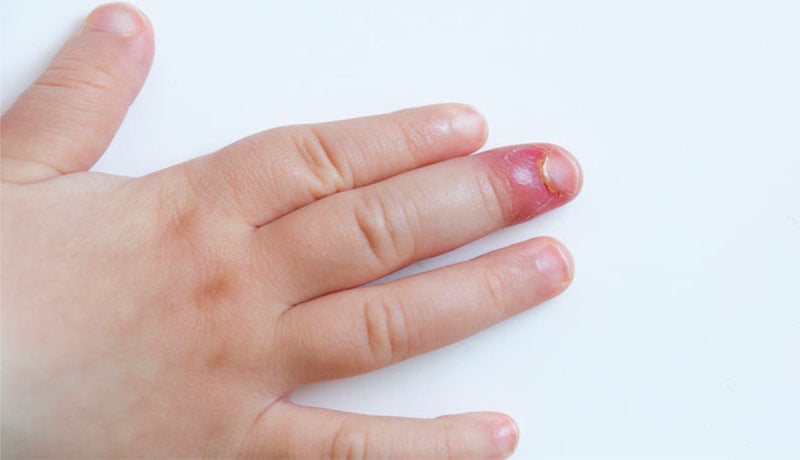What is Albendazole Used For?
Albendazole is an anthelmintic and antiparasitic medication belonging to the benzimidazole class, which also includes antiparasitic drugs such as thiabendazole, mebendazole, and cambendazole. Simply put, Albendazole is a drug used for treating worm infections.
Recognized by the World Health Organization (WHO) as an essential medicine, Albendazole has a wide range of effectiveness against intestinal worms. It is used to treat various parasitic infections, including ascariasis, hookworm disease, strongyloidiasis, giardiasis, and several others, which will be detailed later in this article.
This article provides a comprehensive review of Albendazole, covering its indications, brand names, dosage, contraindications, side effects, and drug interactions.
Note: This article is not intended to serve as a complete medication guide for Albendazole. Our objective is to present less technical information than a standard package leaflet and to be more helpful to patients seeking practical knowledge about this medication. What follows is a compilation of essential information gathered from various Albendazole prescribing information provided by different pharmaceutical companies.
Brand names
Albendazole is a drug that can be found as a generic medicine in most countries. Among the brand names available in pharmacies, we can mention:
- ABZ.
- Abd.
- Abendaz.
- Albenza.
- Albex.
- Loxcell.
- Zentel.
Presentation
Albendazole can be found in tablets, which can be taken with water or chewed, in doses of 200 mg and 400 mg. There are also forms of 40 mg/ml oral suspension.
Albendazole Dosage
Taking albendazole with fatty foods can increase its bioavailability by up to five times, which is why this combination is recommended.
If the patient is a child or has difficulty swallowing, the oral suspension is a suitable alternative. Alternatively, the tablet can be chewed or crushed, and then swallowed with a glass of water for easier intake.
The dosage varies depending on the parasite being treated:
Treatment for Ascaris lumbricoides:
- 400 mg or 10 ml of the oral suspension (40 mg/ml) as a single dose for adults and children over 2 years.
- 200 mg or 5 ml of the oral suspension (40 mg/ml) as a single dose for children between 1 and 2 years.
The success rate of treatment with this dose is 100%.
Treatment for Ancylostoma duodenale or Necator americanus:
- 400 mg or 10 ml of the oral suspension (40 mg/ml) as a single dose for adults and children over 2 years.
- 200 mg or 5 ml of the oral suspension (40 mg/ml) as a single dose for children between 1 and 2 years.
The success rate of treatment with this dose is 92%.
Treatment for Cutaneous Larva Migrans:
- 400 mg or 10 ml of the oral suspension (40 mg/ml) once daily for 3 days for adults and children over 2 years.
Treatment for Enterobius vermicularis:
- 400 mg or 10 ml of the oral suspension (40 mg/ml) as a single dose for adults and children over 2 years. The dose can be repeated after 2 weeks.
The success rate of treatment with this dose is 100%.
Treatment for Trichuris trichiura:
- 400 mg or 10 ml of the oral suspension (40 mg/ml) as a single dose for adults and children over 2 years.
- 200 mg or 5 ml of the oral suspension (40 mg/ml) as a single dose for children between 1 and 2 years.
The success rate of treatment with this dose is 90%.
Treatment for Strongyloides stercoralis:
- 400 mg or 10 ml of the oral suspension (40 mg/ml) once daily for 3 days for adults and children over 2 years.
The success rate of treatment with this dose is 62%.
Treatment for Giardia lamblia:
- 400 mg or 10 ml of the oral suspension (40 mg/ml) once daily for 5 days for adults and children over 2 years.
The success rate of treatment with this dose is 97%.
Treatment for Hymenolepis nana:
- 400 mg or 10 ml of the oral suspension (40 mg/ml) once daily for 3 days for adults and children over 2 years.
If there is no improvement after three weeks, a second treatment cycle may be necessary.
Treatment for Taenia spp.:
- 400 mg or 10 ml of the oral suspension (40 mg/ml) once daily for 3 days for adults and children over 2 years.
The success rate of treatment with this dose is 86%.
Treatment for Neurocysticercosis:
Albendazole can also be used in the treatment of neurocysticercosis, along with corticosteroids and anticonvulsants.
In this case, the recommended doses are:
- For patients under 60 kg (132 lbs): 15 mg/kg/day, divided into two doses (maximum daily dose of 800 mg) for 8 to 30 days, as per medical advice.
- For patients weighing 60 kg (132 lbs) or more: 400 mg twice a day for 8 to 30 days, as advised by a healthcare professional.
- For children and adolescents: Oral administration of 7.5 mg/kg/dose twice daily for 10 to 14 days; maximum dose per administration is 600 mg. Treatments extending up to 30 days have also been recommended.
The table below summarizes the dosage of albendazole for adults and children over 2 years:
| Parasites | Dose | Treatment Duration |
|---|---|---|
| Ascaris lumbricoides, Necator americanus, Ancylostoma duodenale, Trichuris trichiura. | 1 tablet of 400 mg or 10 ml of oral suspension (40 mg/ml). | Single dose. |
| Enterobius vermicularis. | 1 tablet of 400 mg or 10 ml of oral suspension (40 mg/ml). | Single dose. Repeat after 14 days. |
| Strongyloides stercoralis, Taenia sp., Hymenolepis nana, Cutaneous Larva Migrans | 1 tablet of 400 mg or 10 ml of oral suspension (40 mg/ml). | 1 dose per day for 3 days. |
| Giardiasis (Giardia lamblia, G. duodenalis, G. intestinalis) | 1 tablet of 400 mg or 10 ml of oral suspension (40 mg/ml). | 1 dose per day for 5 days. |
Side Effects
Albendazole is a medication with a low incidence of side effects. The most common are:
- Abdominal pain: 1 to 6% of patients.
- Nausea or vomiting: 1 to 6% of patients.
- Headache: 1% in the general population and 10% in patients with neurocysticercosis.
- Hair loss: 1 to 2% of patients.
- Dizziness: less than 1% of patients.
- Diarrhea: less than 1% of patients.
Contraindications
Albendazole should not be administered to patients with a history of allergy to any anthelmintic from the benzimidazole group.
The use of albendazole during pregnancy and breastfeeding is not recommended. Women undergoing treatment should wait at least one month before trying to conceive.
Dose Adjustment
Renal Insufficiency
As albendazole and its metabolites are predominantly eliminated by the liver, with minimal renal excretion, no dose adjustment is necessary for patients with chronic renal failure.
Liver Disease
No dosage adjustments are suggested by the manufacturers. However, since albendazole is essentially metabolized by the liver, hepatic dysfunction is expected to have significant effects on the pharmacokinetics of the drug. Patients who already have abnormalities in liver function tests (elevated AST and ALT) before treatment should be carefully monitored.
Elderly
No dose adjustment is required for elderly patients.
Drug Interactions
Medications that can reduce the effectiveness of albendazole:
- Carbamazepine.
- Phenobarbital.
- Phenytoin.
- Ritonavir.
Medications that can increase the blood levels of albendazole, raising the risk of side effects:
- Dexamethasone.
- Praziquantel.
- Cimetidine.
Albendazole does not interfere with the effectiveness of birth control pills.
References
- ALBENZA® GlaxoSmithKline: Prescribing Information – Food and Drug Administration (FDA).
- Albendazole Prati-Donaduzzi Suspension 40 mg/mL: package leaflet for healthcare professionals.
- Albendazole Chewable Tablet 400 mg: package leaflet for healthcare professionals.
- Zentel 400 mg comprimidos: Folheto informativo – package leaflet (INFARMED) (in Portuguese).
- Albendazole: Drug information – UpToDate.
Author(s)
Médico graduado pela Universidade Federal do Rio de Janeiro (UFRJ), com títulos de especialista em Medicina Interna e Nefrologia pela Universidade Estadual do Rio de Janeiro (UERJ), Sociedade Brasileira de Nefrologia (SBN), Universidade do Porto e pelo Colégio de Especialidade de Nefrologia de Portugal.


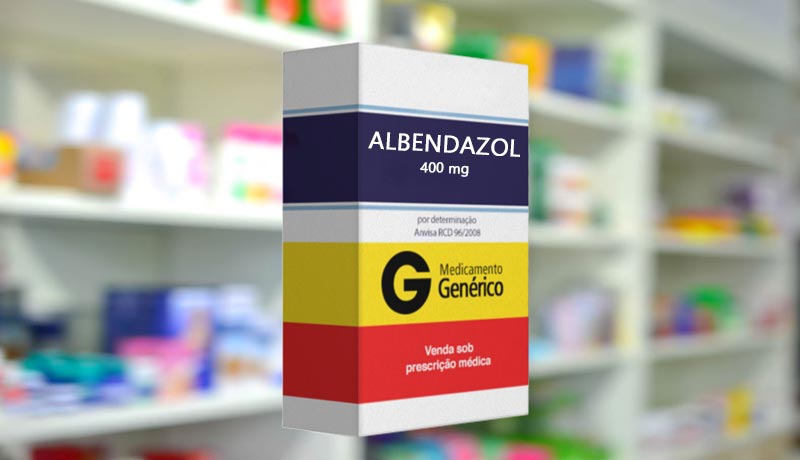
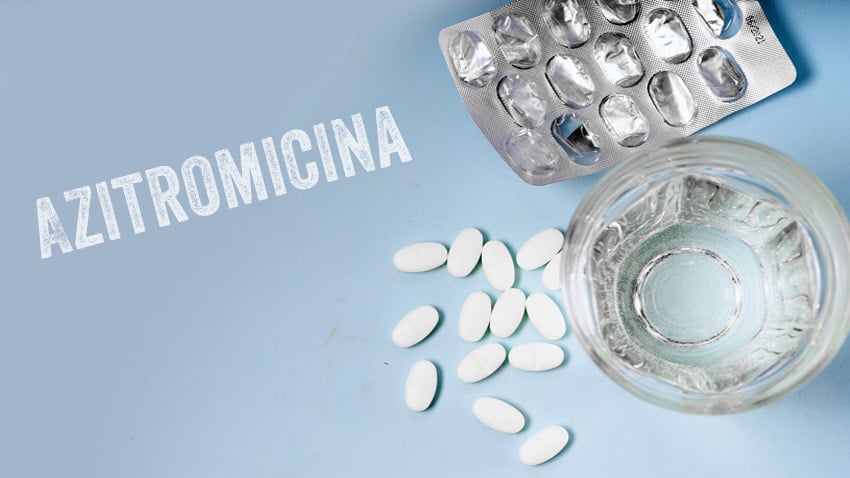
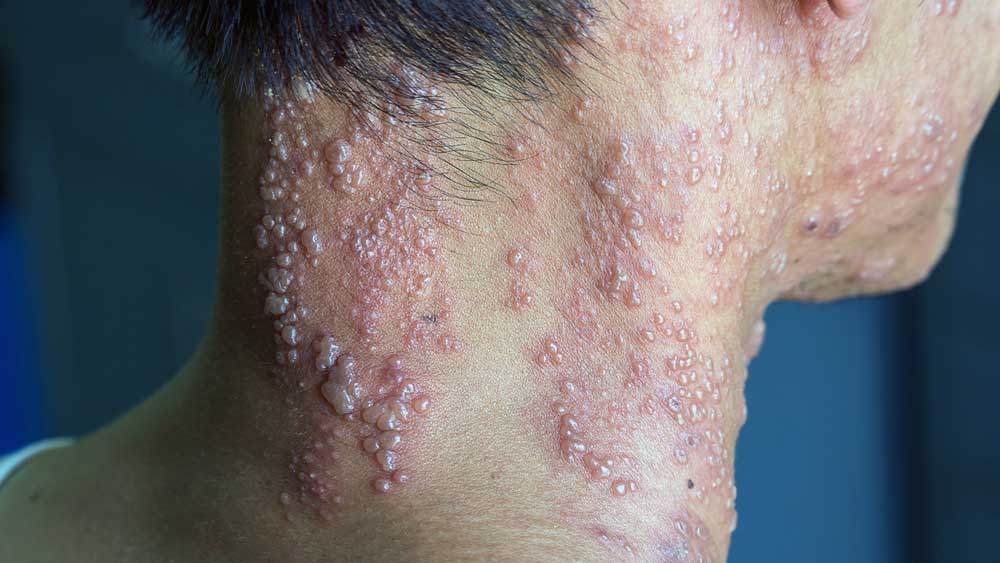
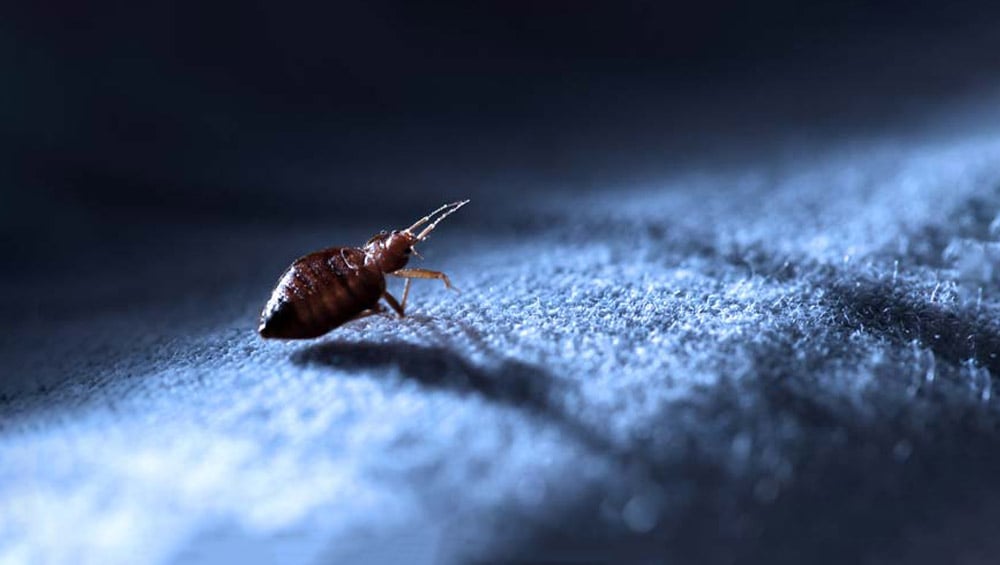
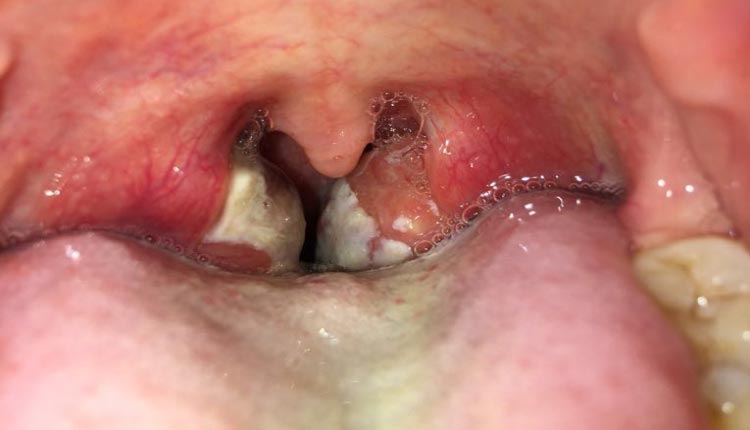
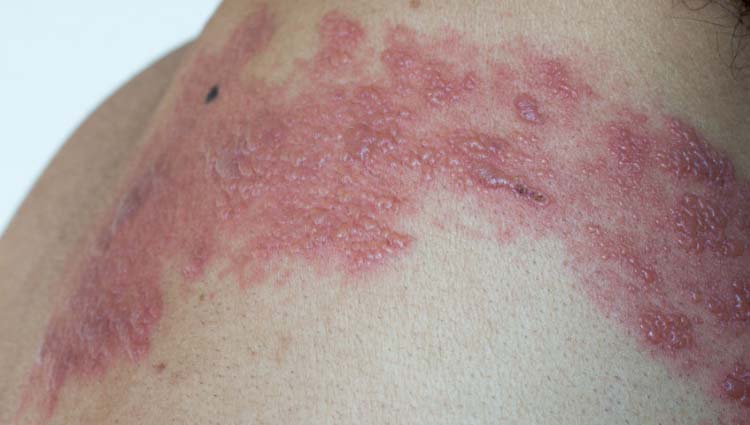


![Pictures: Syphilis – All stages [Warning: Strong Images]](https://www.mdsaude.com/wp-content/uploads/sifilis-imagem.jpg)


